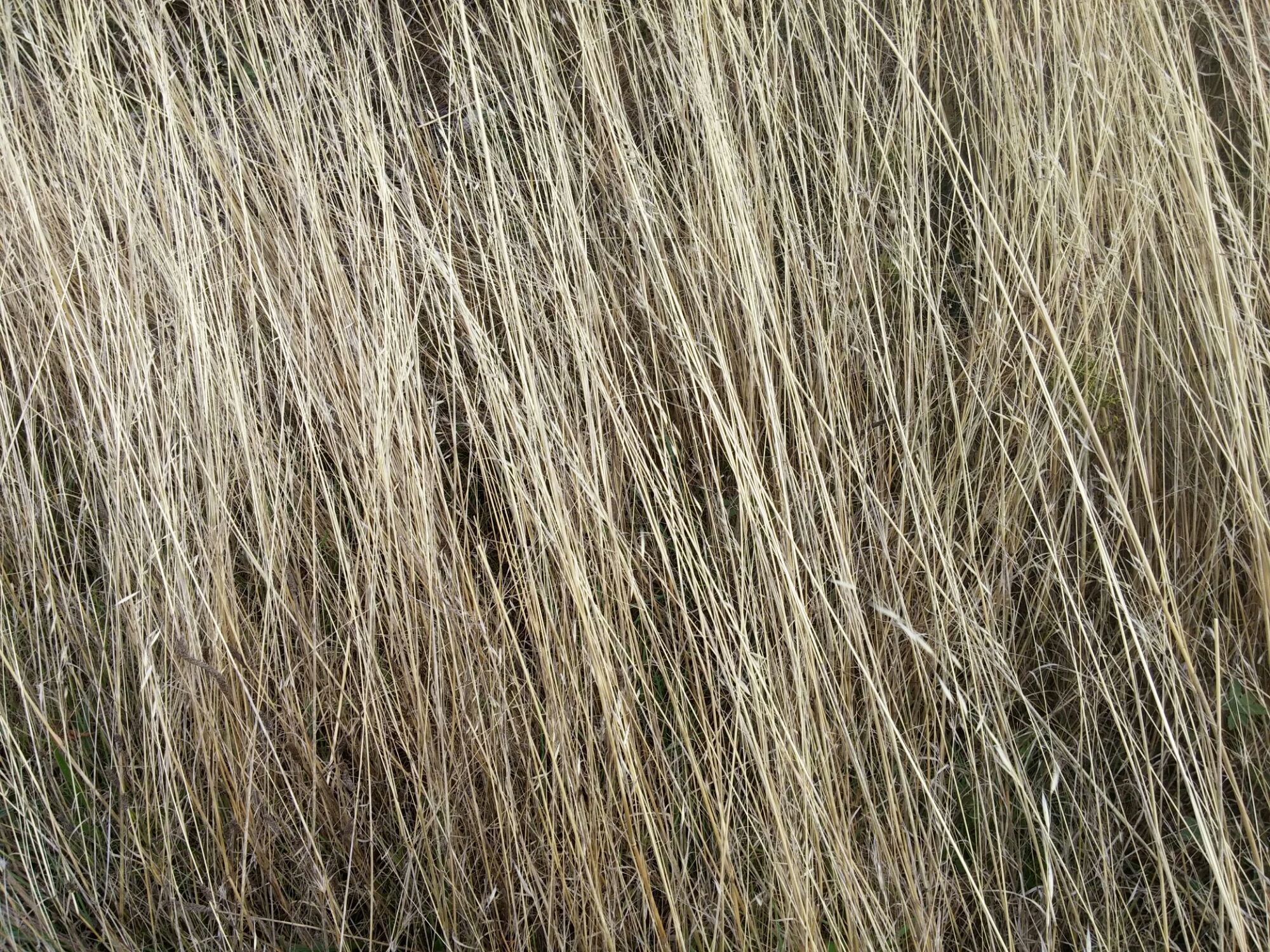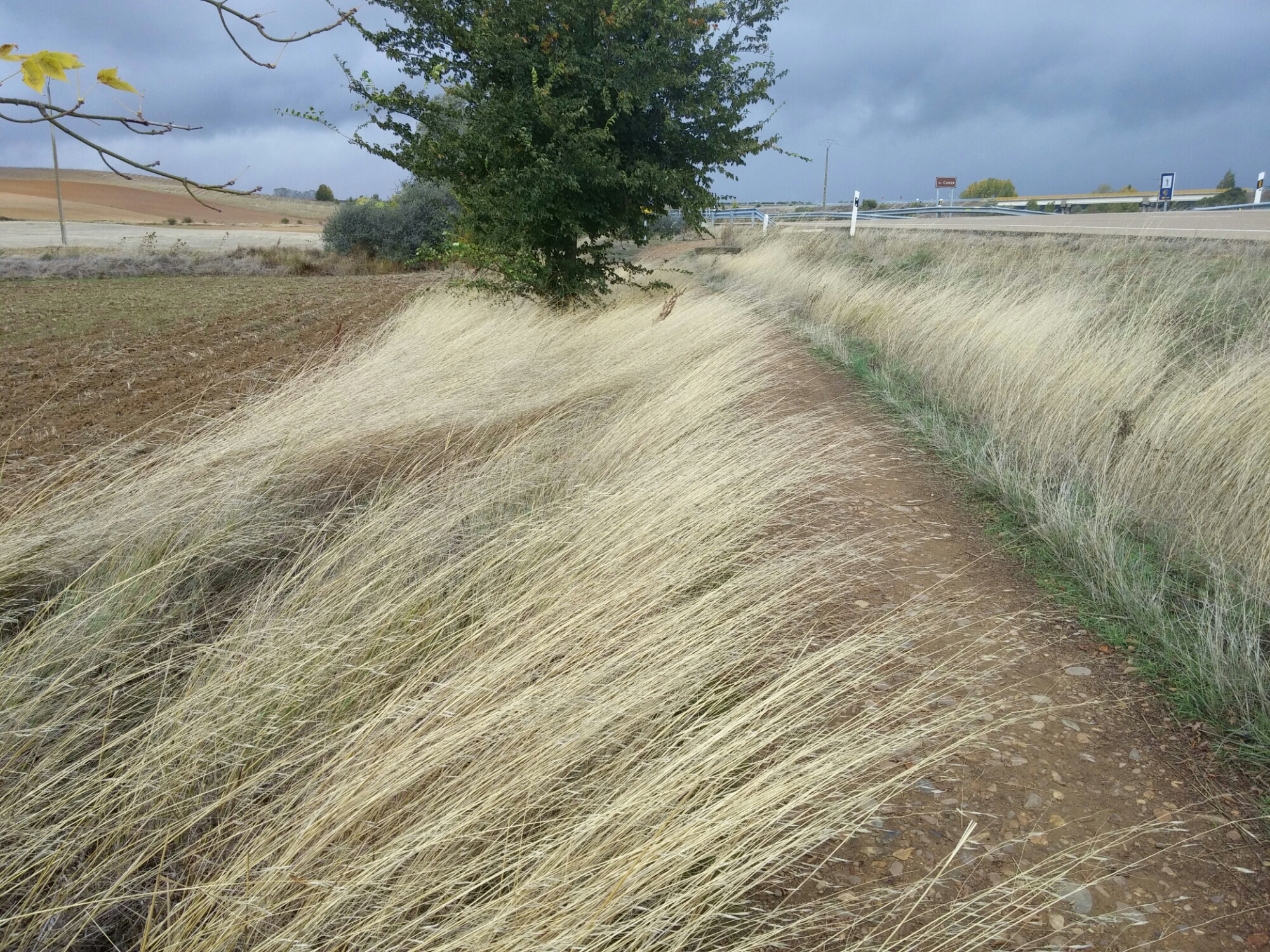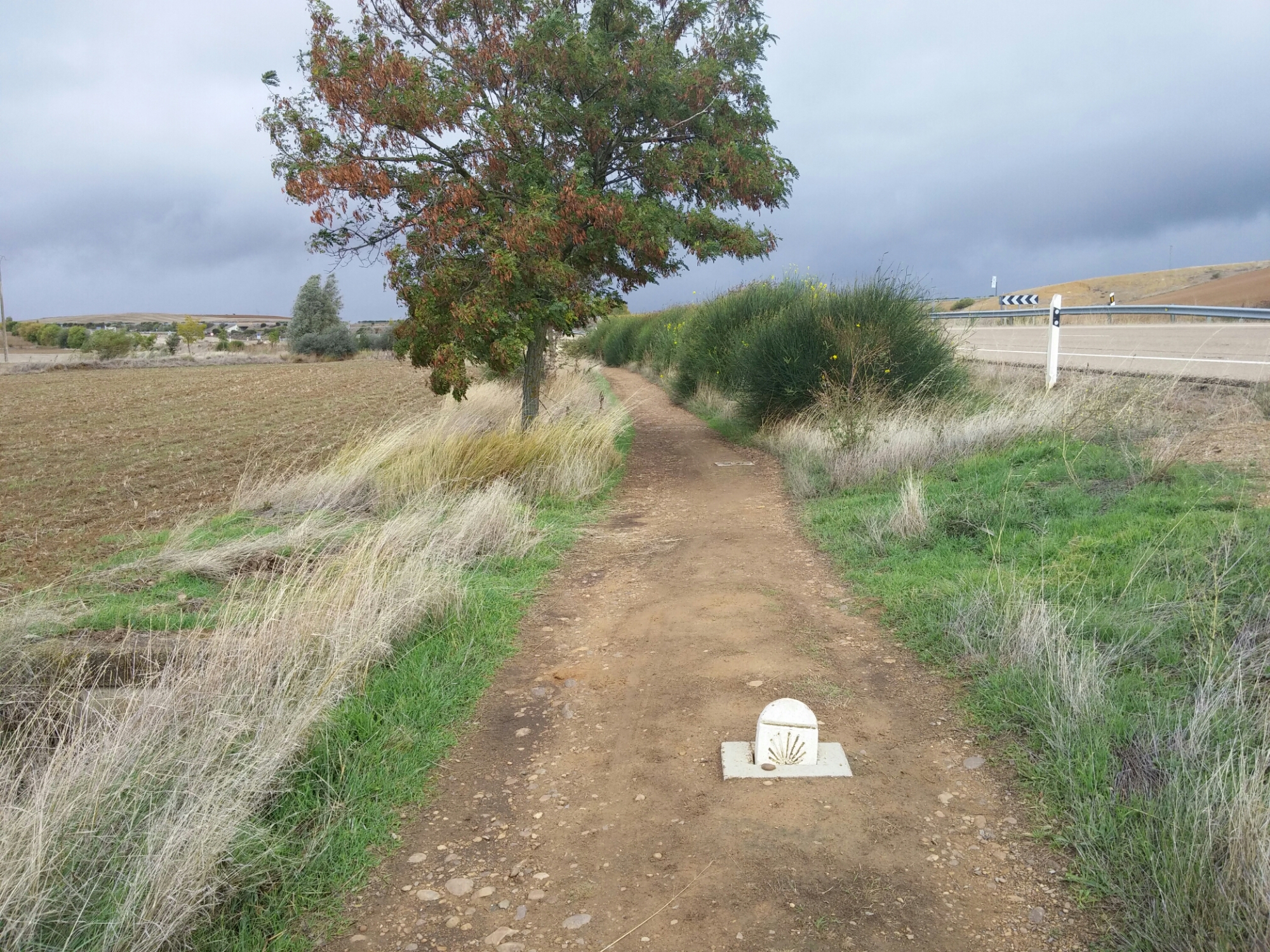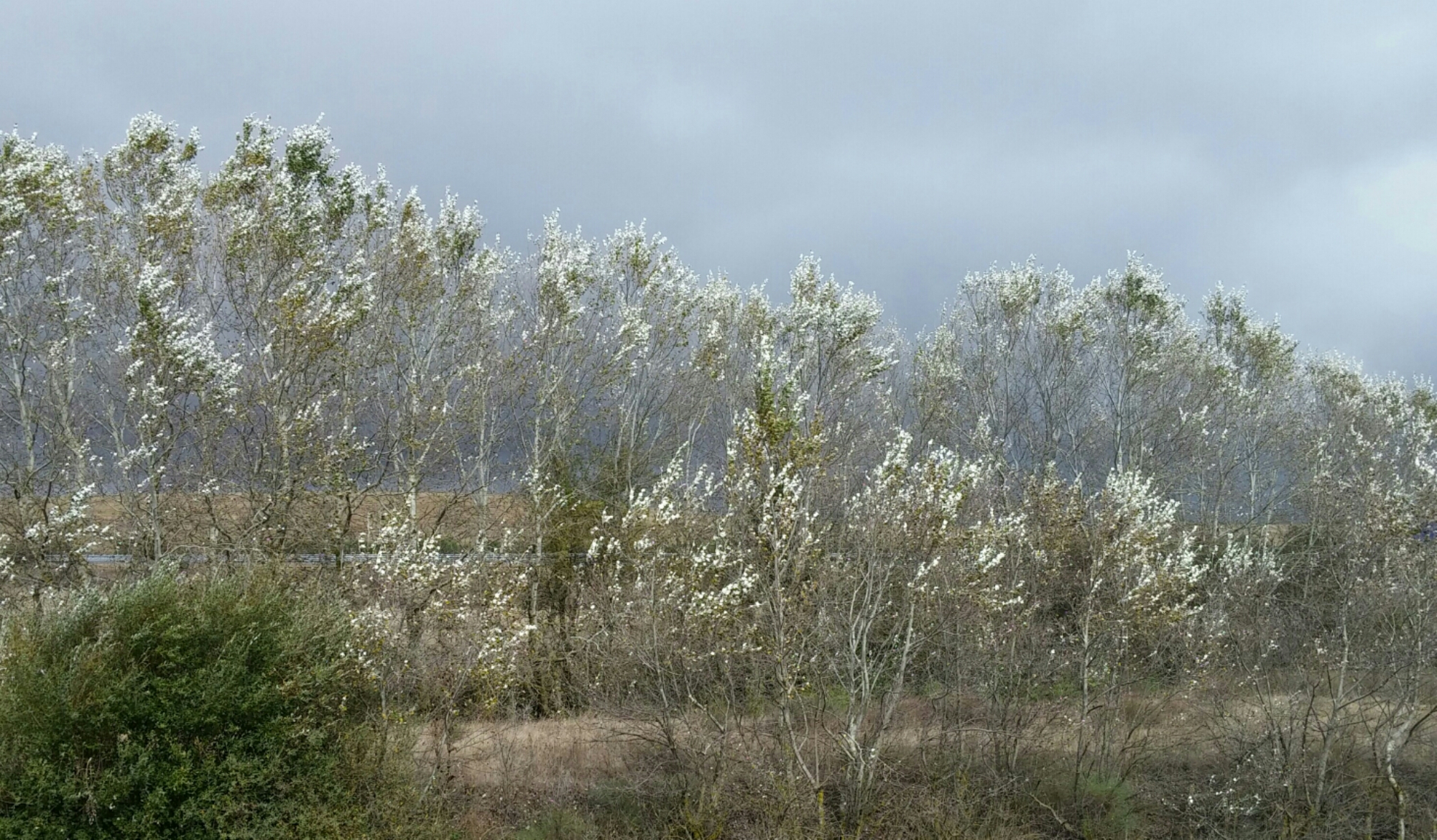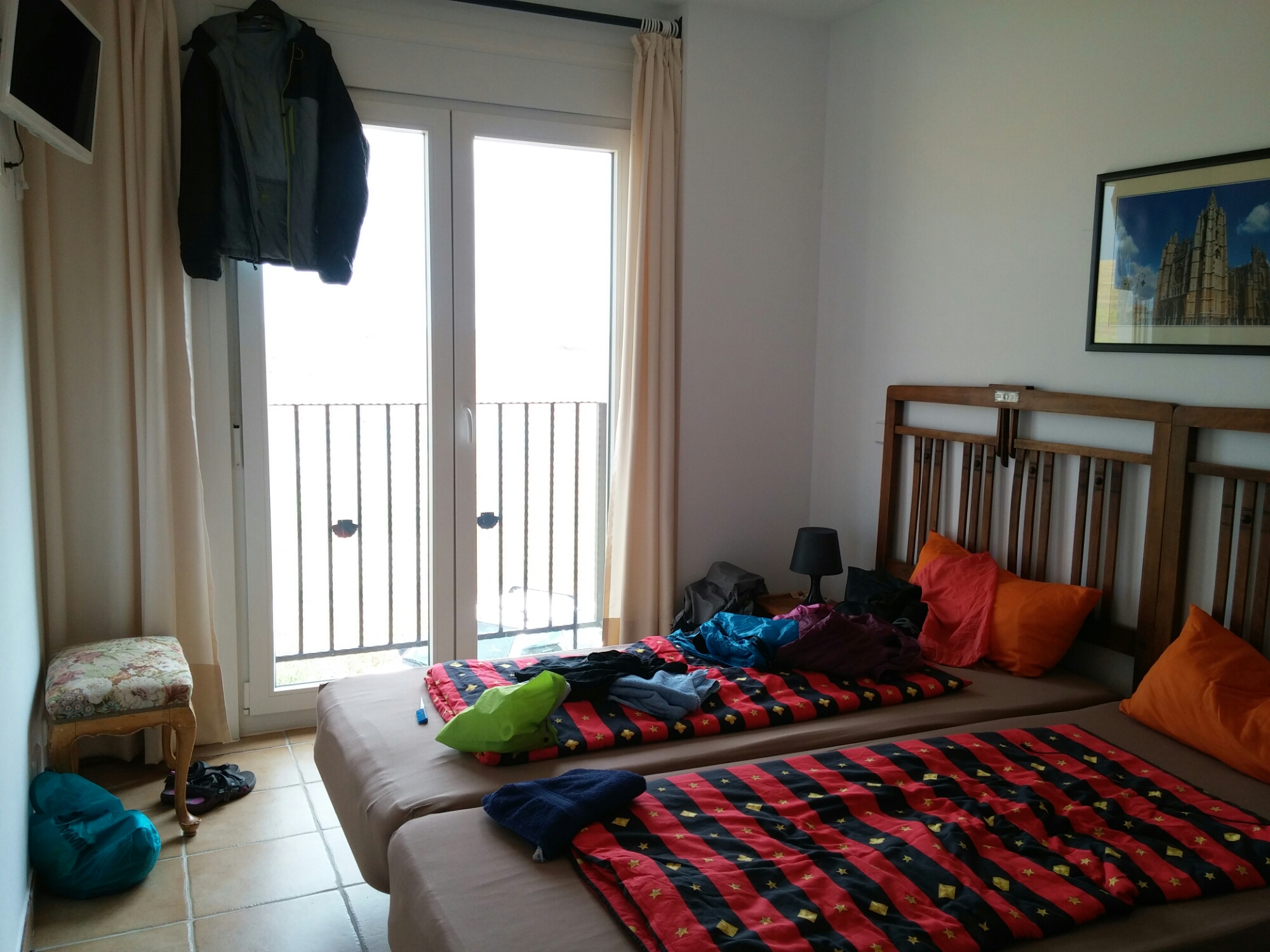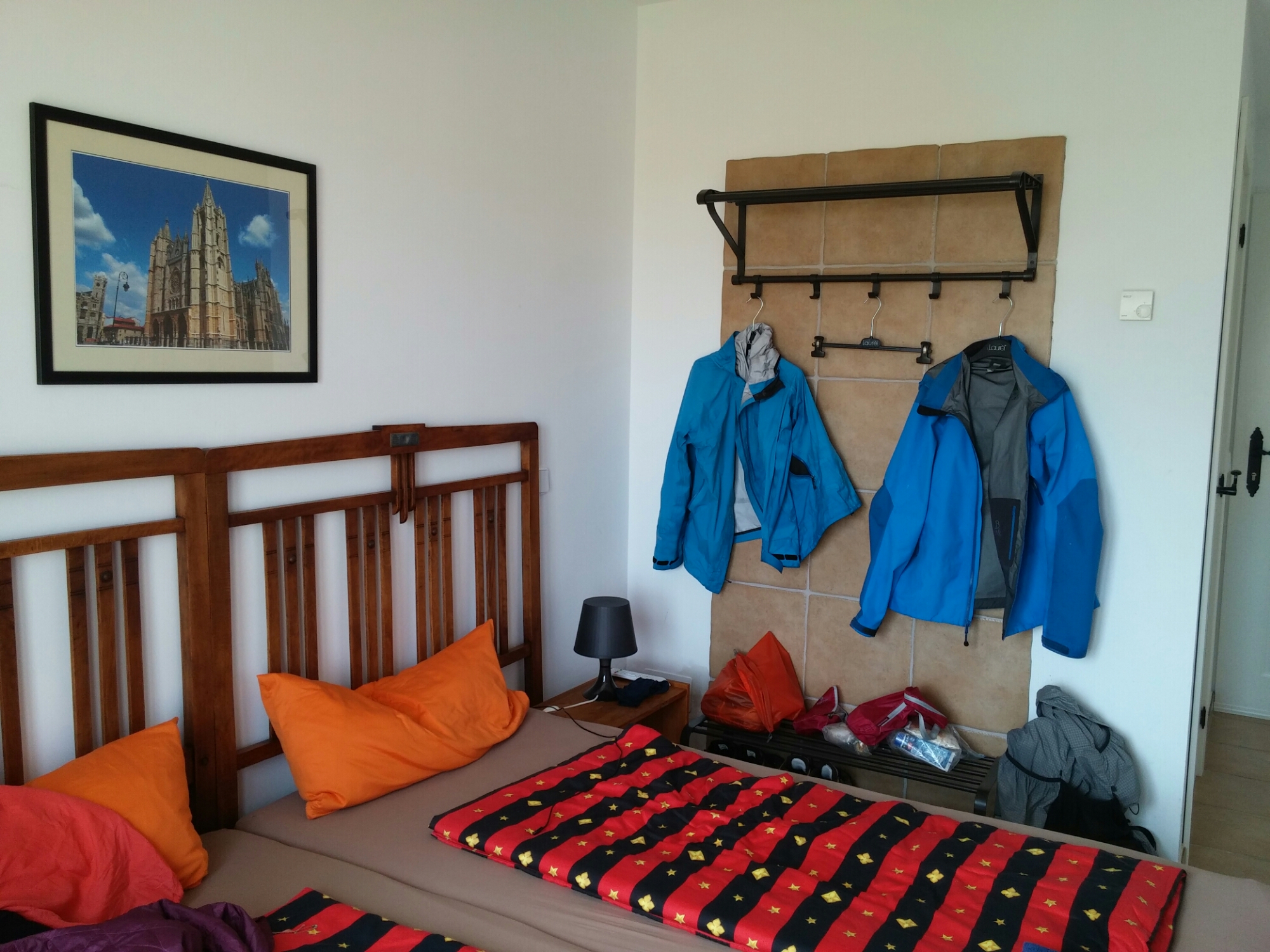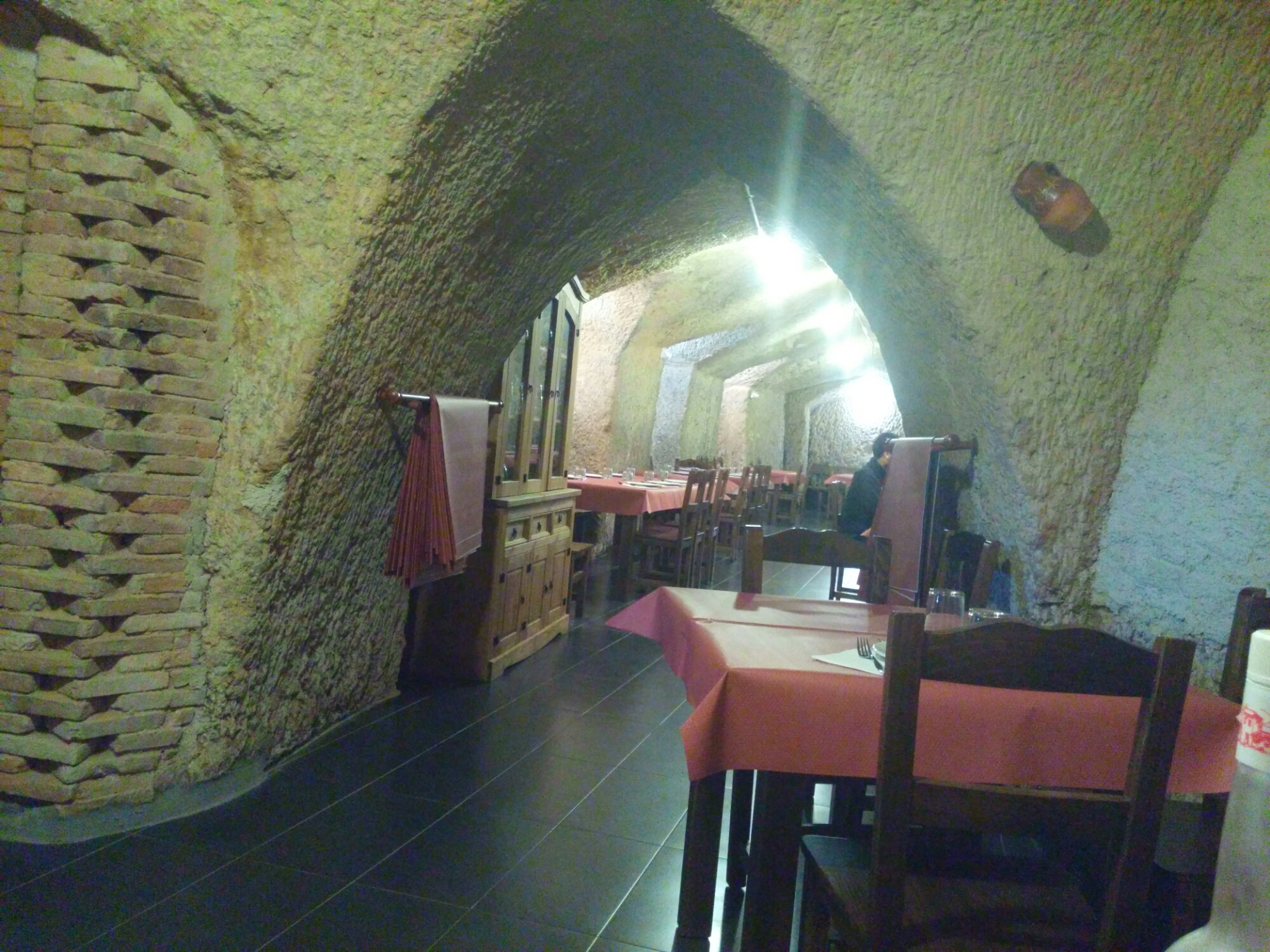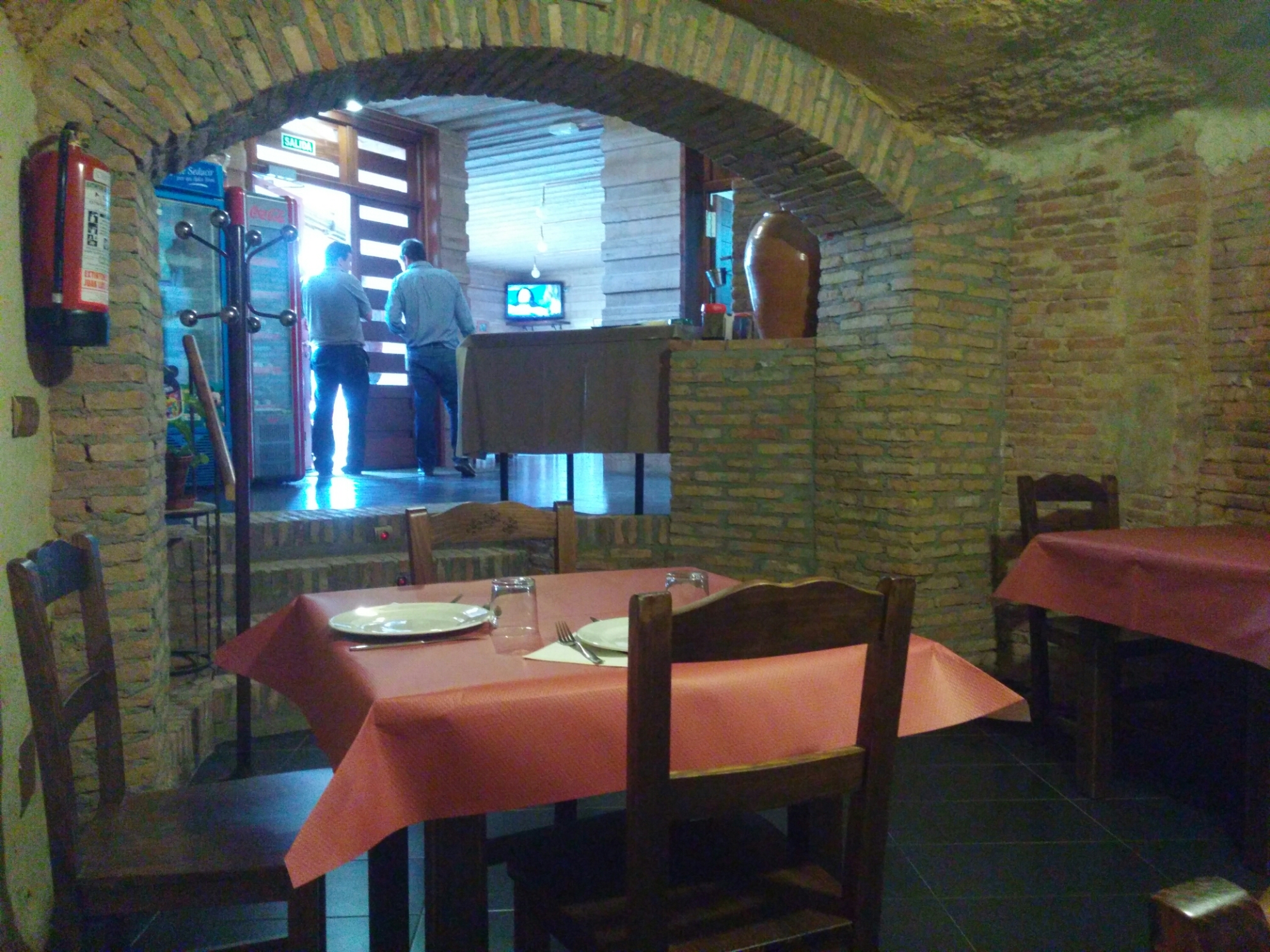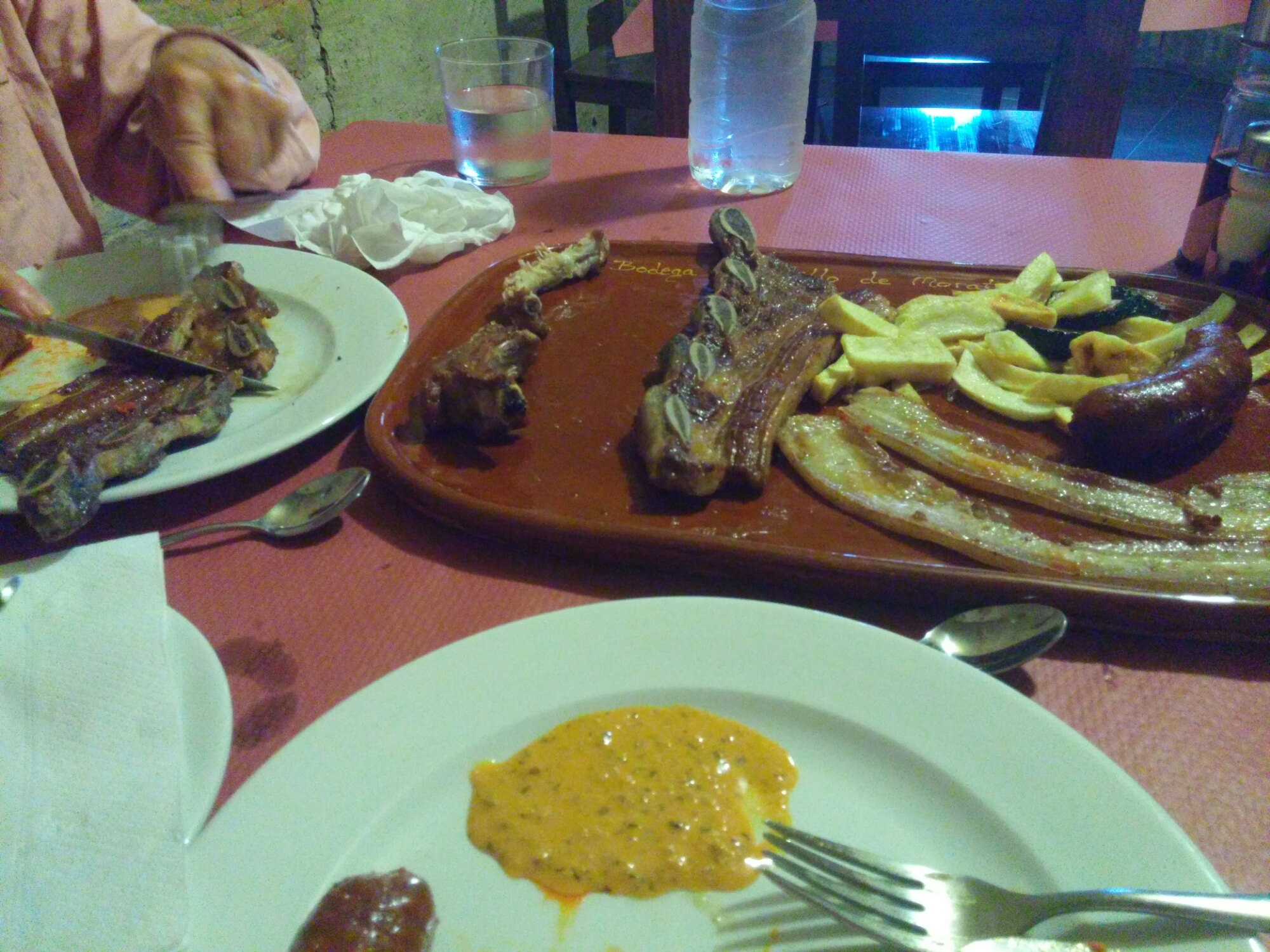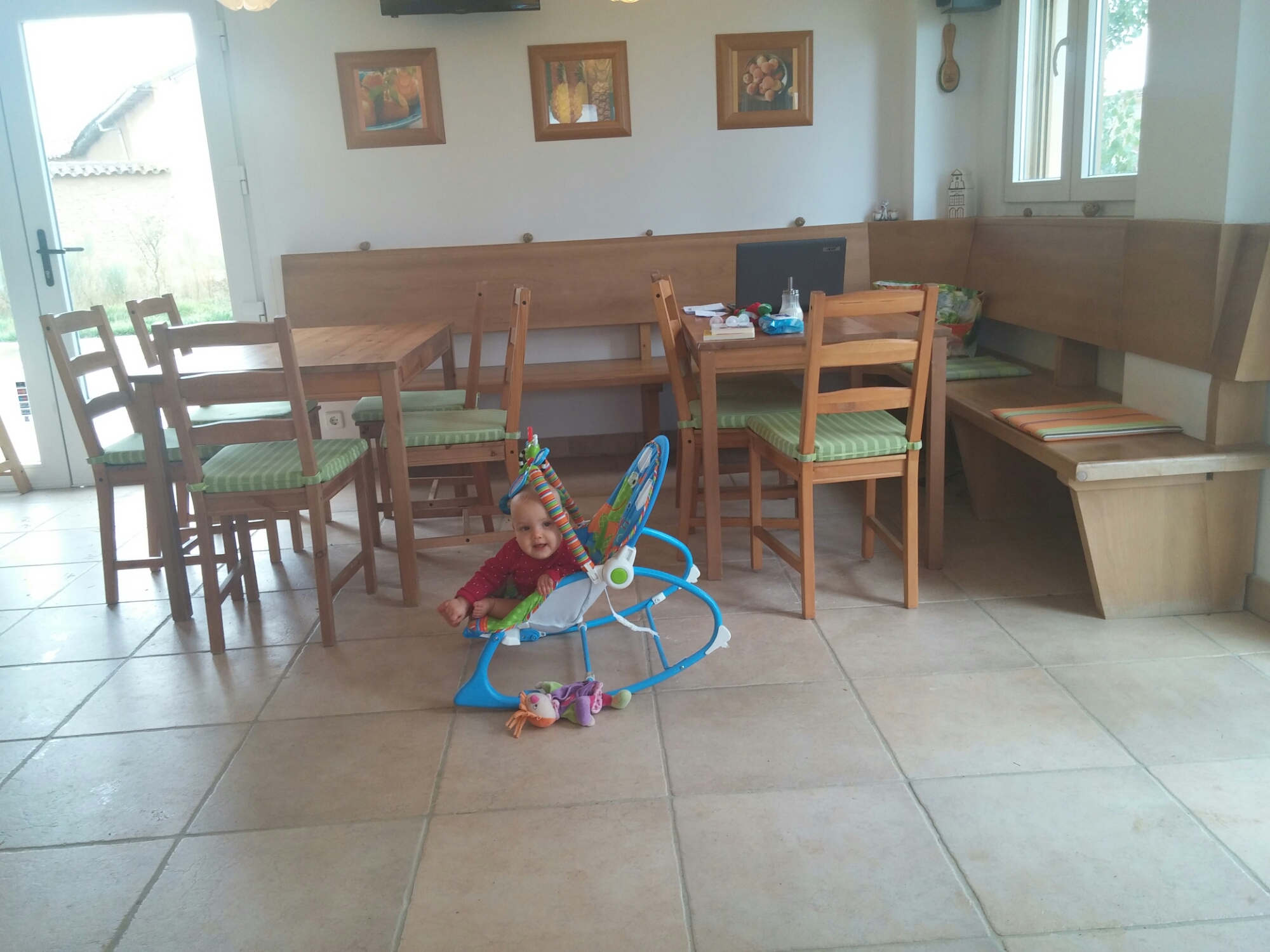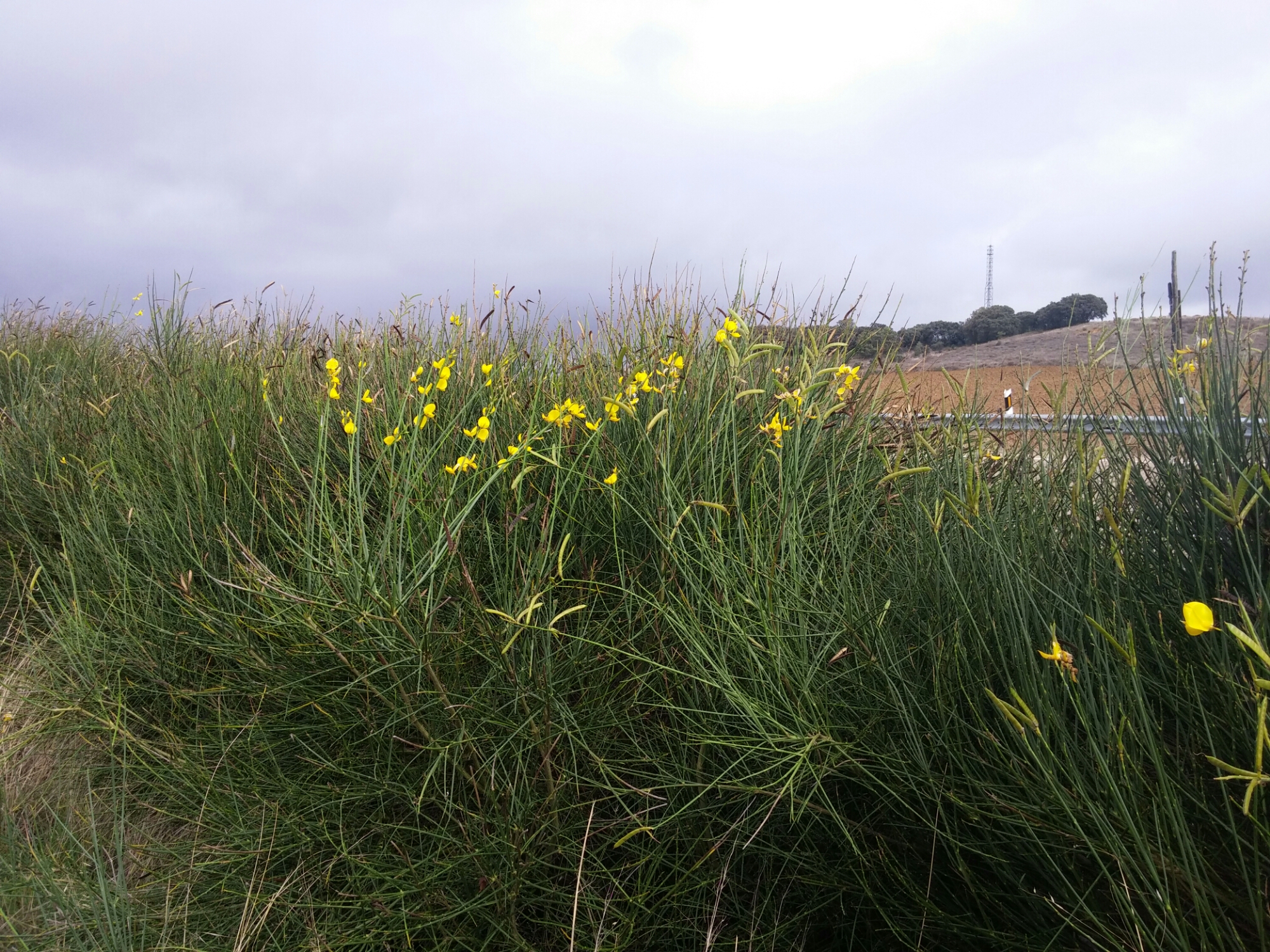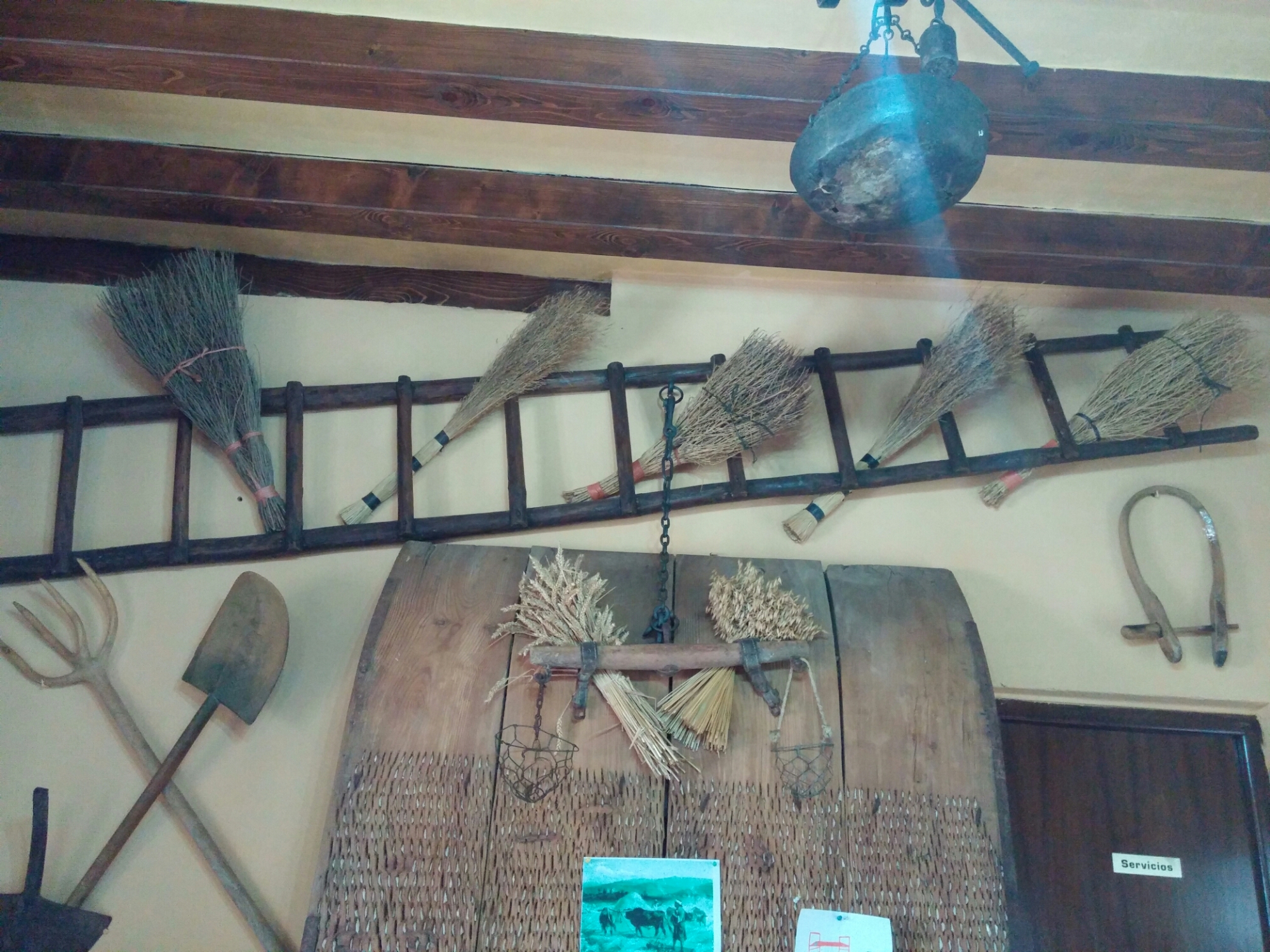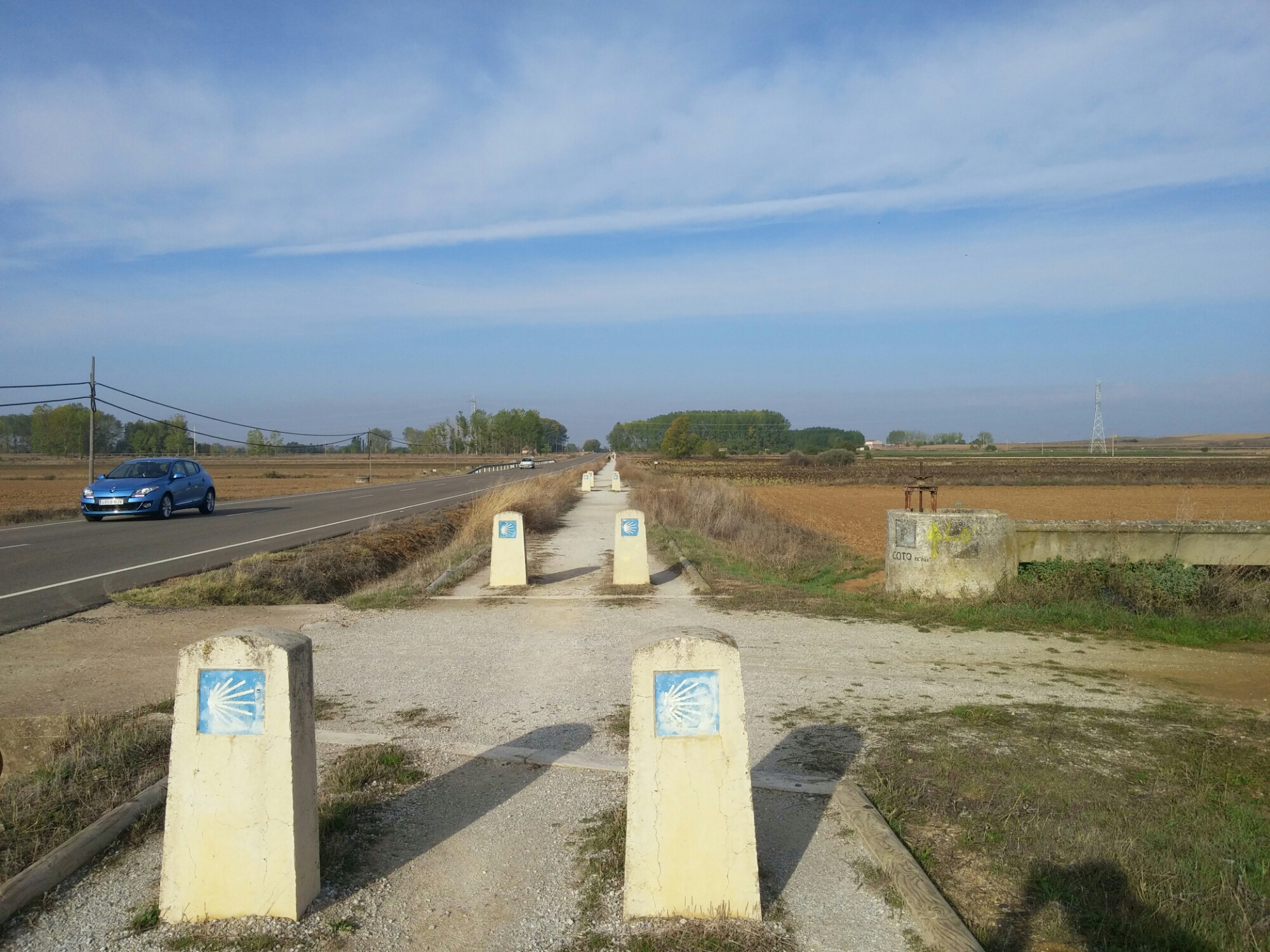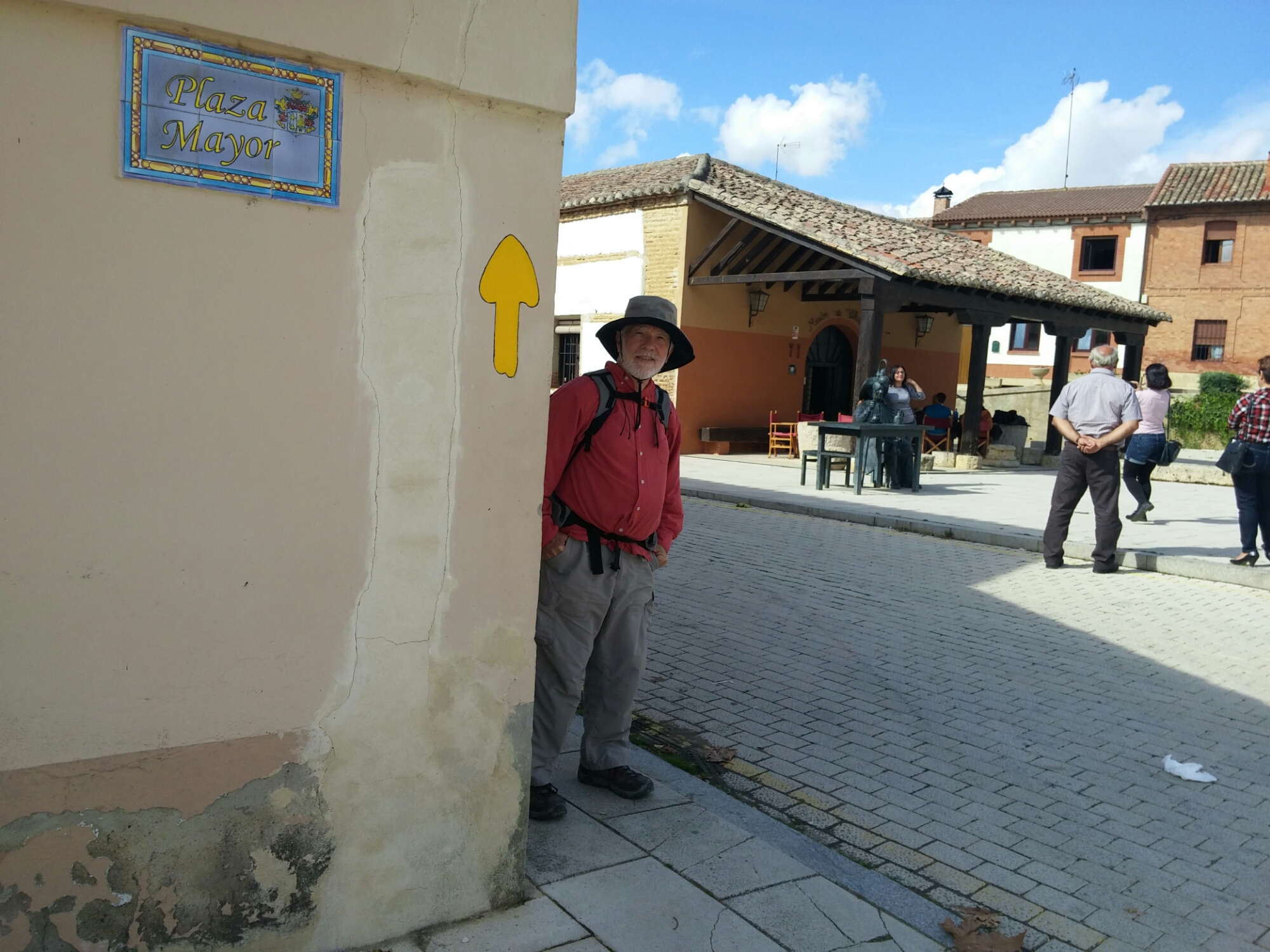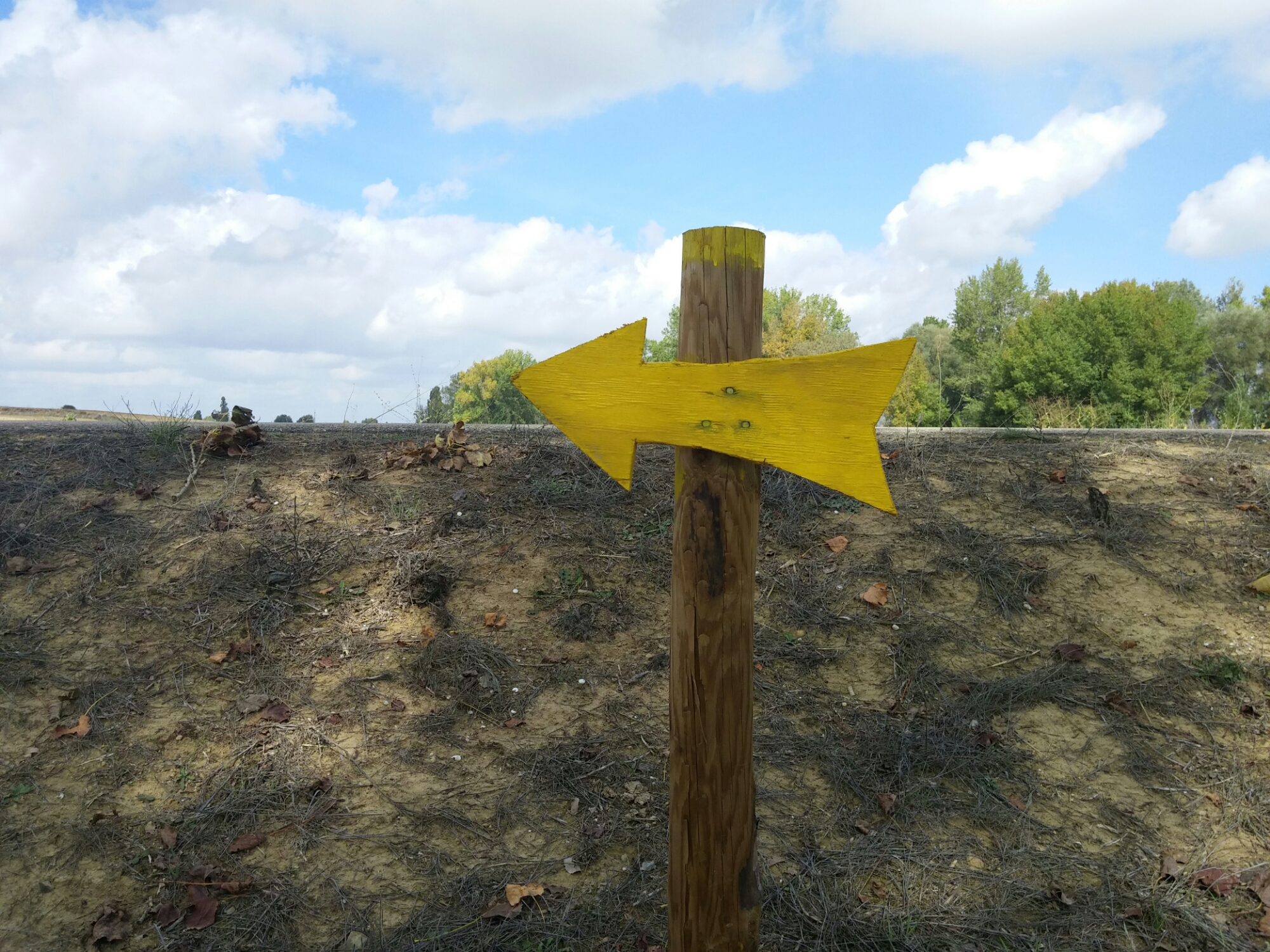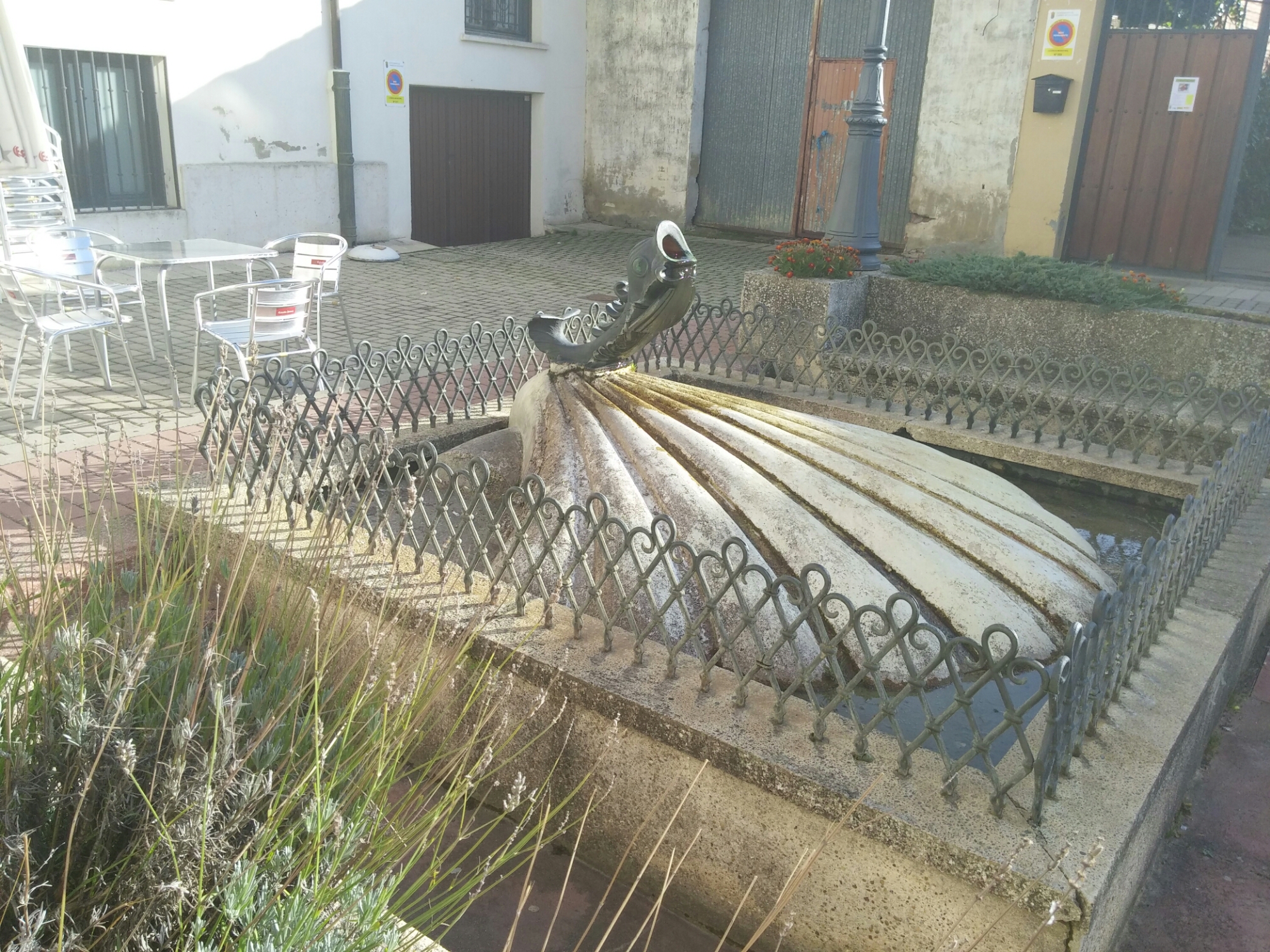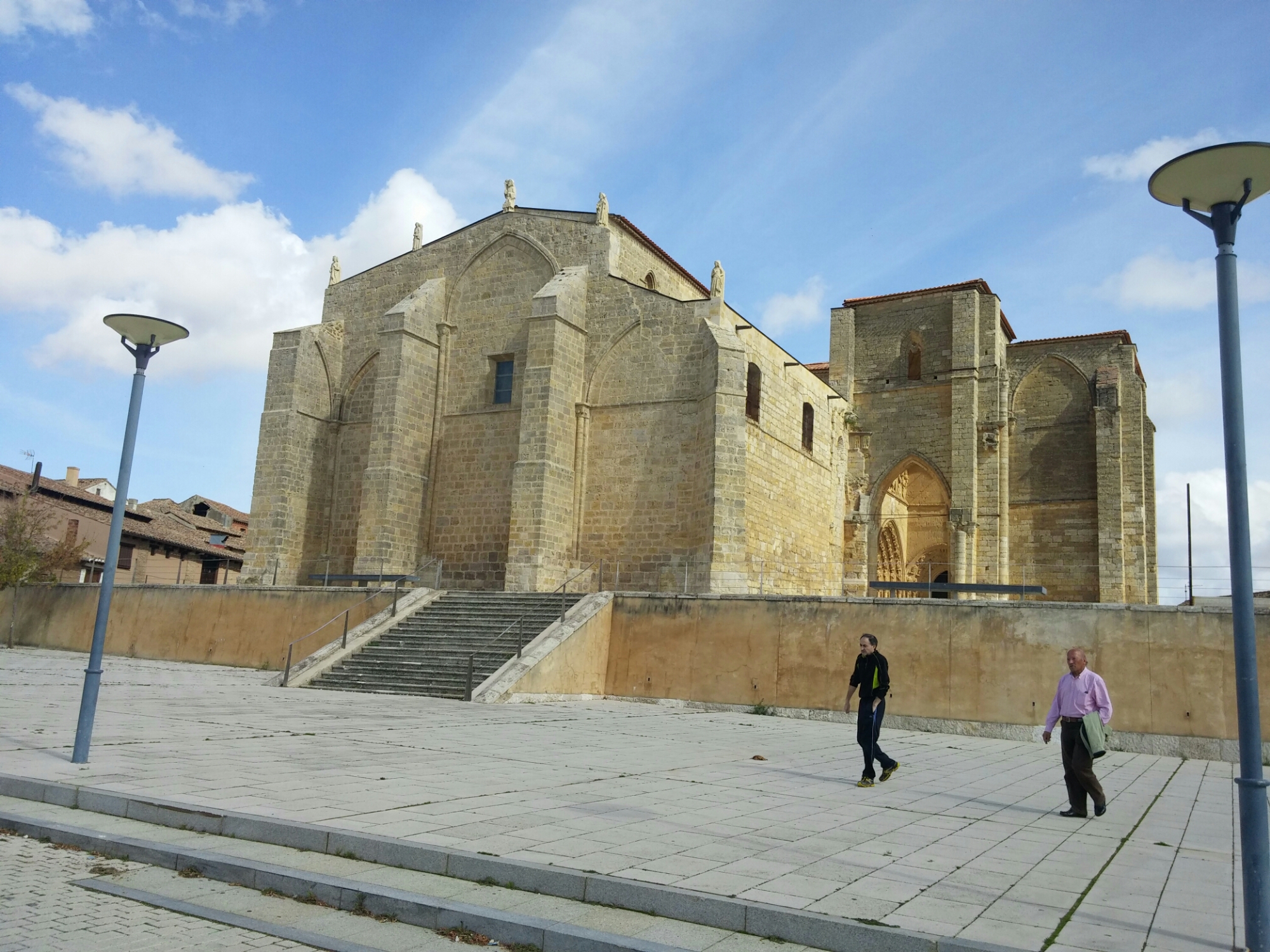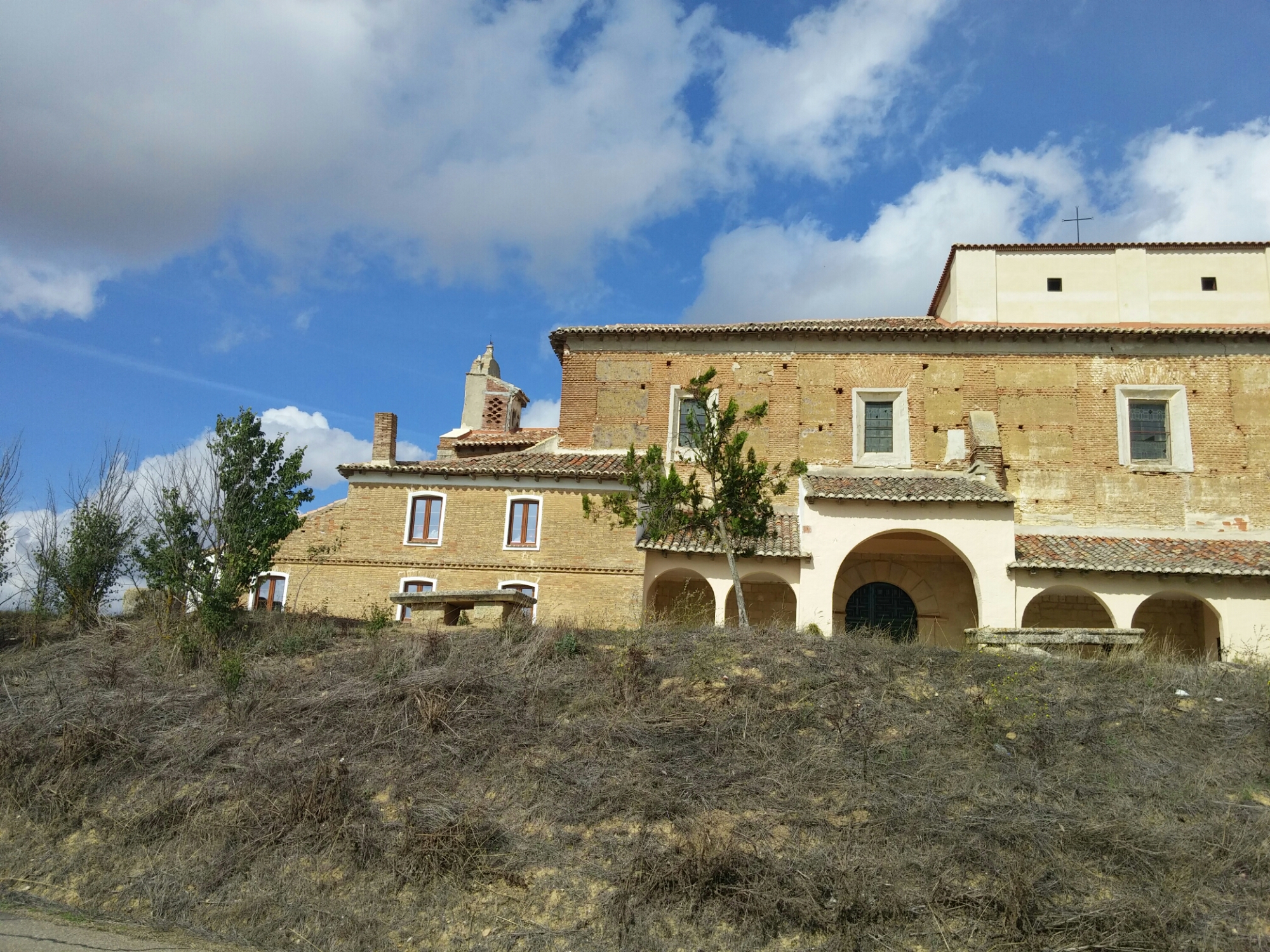Author: cpcrowley
Silver Trees
Our Room In Moratinos
Charlie. We take pictures of all our rooms but usually don’t post them. Notice our rain coats drying on the wall. We were very wet when we got here today.
The couple that owns this place (Hostal Moratinos ) is a Spanish guy and a German woman. The place exemplifies many things that are good about Germany. The beds have these lovely quilts. The room is not big but is efficiently organized. It has many nice little touches like a built-in clothesline in the bathroom. Everything is well built. We talked to her last time and she said that the Spanish didn’t build things quite as tight as they did in Germany (who does?) and a little bit of wind gets through. This is one of the windiest parts of the Meseta.
Dinner In a Bodega
Cute Babies Are Universal
Spanish Broom, Zapatitos del Niño Jesús, Zapatillas de la Virgen
Wynette. We’ve seen some Spanish broom in bloom. Not a lot and not blooming profusely, but we were surprised to see it blooming at all here in mid-October because it is a spring-bloomer in Albuquerque. We have some in our garden at home. It looks the same as ours. Same sweet smell.
Today I picked a stem of the flowers to carry the smell with me. We stopped for a little break at the bar at Albergue Jacques de Molay in Terradillos de los Templarios. (Few places have short names on the Camino! ) I, without knowing it, dropped the stem on the floor. Our server saw it and returned it to me.
Later I asked her what the plant is called in Spain. She wasn’t sure so consulted two other women in the back. When she heard what they said she started laughing merrily and told us it is called zapatitos del niño Jesús, little shoes of the baby Jesus. After enjoying that for a moment I told her that where we are from it is called escoba de España, Spanish broom. She told the woman in the back who then came out and pointed to a handmade broom hanging on the wall. (Left broom in photo below.) She told us her father made that broom from the same plant. There were several beautifully-made brooms on the wall made from various plants. She said the plant is also called zapatillas de la Virgen, slippers of the Virgin.
We saw it blooming the first time a few days ago when walking with Susie from Scotland. She said it is called broom in Scotland and they made brooms from it there. We’ve heard it called broom in Italy as well. I don’t know this at all, but maybe the only place it is called Spanish broom is in New Mexico where the Spanish settlers remember it growing in their homeland. Perhaps they brought the first seeds to the new world. But now I’m just speculating.
Here are some more photos of the bar in Terradillos:
https://www.dropbox.com/sc/k3za616h7nlxfhs/AAD_vU1mI76jJaiQKOgSRC1Pa
The Soulless Senda
Charlie. Today we walked on our first senda. It just means trail in Spanish but in this case it means the paths shown here created by the government for the Camino. They are right by roads but separated from them so they are pretty safe. They have the same surface as most modern paths and are quite nice to walk on. For you Albuquerque people they are similar to the paths they built around the UNM north golf course.
Brierly doesn’t like them. He calls them the “soulless sendas” because they are right by the road and not natural paths. It makes me think of the dementors in the Harry Potter books although the dementors actively suck out your soul and the sendas, according to Brierly, just don’t nourish your soul.
I think Brierly is too hard on the sendas. They are very nice to walk on and are safer than walking on the side of the road, as happens in many places with pilgrims occasionally getting hit by cars. The sendas are mostly by roads that don’t have a lot of traffic. Where the sendas are, there do not seem to be natural paths and, to create them, the government would have to take land away from some farmers.
The Brierly Post
Charlie. You can’t blog about the Camino in English and not talk about the Brierly book. John Brierly, British, writes the most used Camino guide in English. The best way to identify English speakers is to notice if they are carrying Brierly.
I think it is also the best but not everyone agrees. He does have some errors, we have run into several wrong phone numbers, but generally it is very good. It is pretty with beautiful and useful maps and elevation guides. He lists all the albergues and some hotels and casa rural in each town. He does not rate places to stay and offers few opinions on how good they are. There are other guides and websites that do that.
Brierly divides the Camino into 33 daily stages, 20 to 30 km per stage. Endpoints of Brierly stages tend to be busier than other towns.
He is spiritual and maybe a bit mystical. At the beginning of each stage description there are sections: the practical path, the mystical path and personal reflections. He is a purist and doesn’t like paths by roads (who does?) He can be a bit new-agey but generally I like his suggestions.
We are getting close to Leon and in the last stage Brierly suggests you just take a bus past the long environs of Leon. This is surprising since there is kind of a thing about walking every step. It is the goal of almost all pilgrims. Even your way-slow way pilgrims wanted to walk the parts we had missed last time. Brierly suggests you think about your goals for the Camino and use the time you save to go on to Finisterre.
This is kind of like getting a papal dispensation to lie and steal.
We plan to take his advice even though we skipped it last year. We are finding that the parts we skipped we skipped for good reasons that still apply.
